The Perfect Trip: Lapland (II)
by Anthony Ham
The Perfect Trip: Lapland (II)
by Anthony Ham
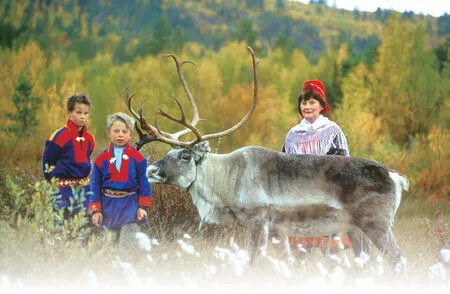
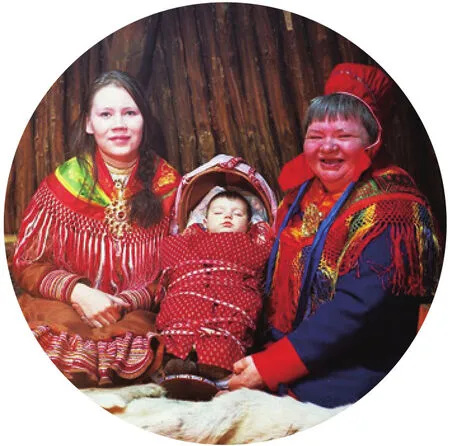
本期,咱们继续游走拉普兰,再一次感受那来自冰封荒野的呼唤。
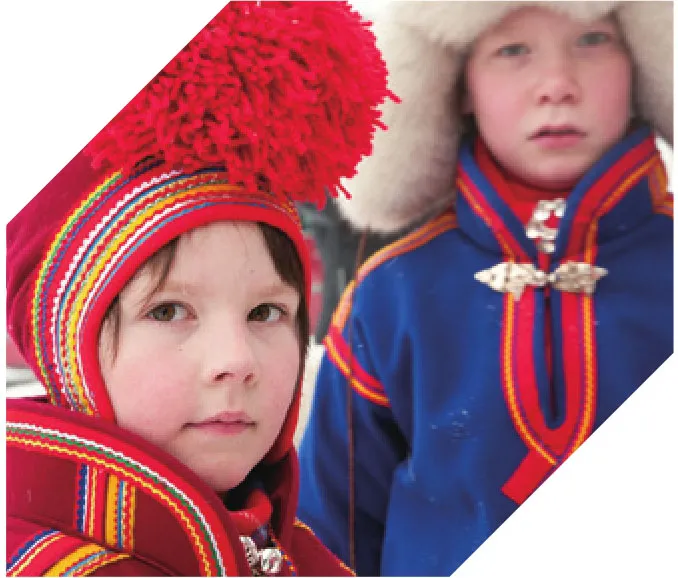
★Inari: Best for Sami Culture
1) roam [rəʊm] v. 漫游,徘徊
2) fiercely ['fɪəslɪ] adv. 〈口〉非常,很,极度地
3) retain [rɪ'teɪn] v. 保留
4) patriarch ['peɪtrɪαːk] n. 最年长者,家长
5) herd [hʒːd] v. 放牧
6) replica ['replɪkə] n. 复制品
7) absent-mindedly 心不在焉地
8) spatula ['spætjʊlə] n. 抹刀,小铲
9) timber ['tɪmbə] n. 木材
10) gale [geɪl] n. 强风,大风
11) hearth [hαːθ] n. 灶台,炉边
12) toasty [təʊstɪ] adj. 暖和舒适的
No one knows Lapland like its original inhabitants, the Sami people. They have probably lived as far north as you can go in Finland for the last 11,000 years,1)roamingwith their reindeer across the icy plains. The quiet town of Inari serves as the capital for Finland’s Sami. The story of the Sami is not best reflected in towns, however, but instead on the wild plains of their ancestors, where many still hold on2)fiercelyto their traditions.
Few have3)retainedtheir link to the past like this family. It is the father Heikki, the4)patriarchof the family, who anchors them in their Sami past. “I’ve been5)herdingreindeer since I was fourteen,” he says. “And I have taught these skills to my sons.”
“What makes us strong is the reindeer,” he says. “Our clothes, our food, our tradition of being on the land—everything in our culture comes from the reindeer. If there were no reindeer, there would be no Sami. That’s why we have survived, because we never stopped herding.”
Deep in the national park, Heikki takes a rest in a brick-built6)replicaof the traditional Sami tent. He7)absent-mindedlycarves out a8)spatulafrom a piece of discarded9)timber. Outside, it’s blowing a10)galeand freezing cold, but in here, gathered around the Sami11)hearth, the temperature is12)toastyand welcoming.
“Things may have changed, but I still remember all the lessons I learned,” he says. “I don’t need maps. I know every stone, every tree. I have spent my life following the reindeer. Our connection to the land remains very deep.”
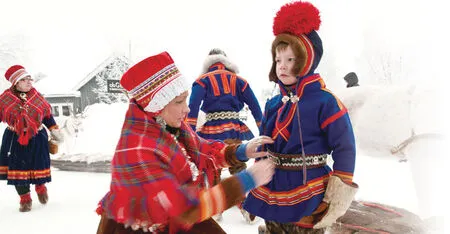
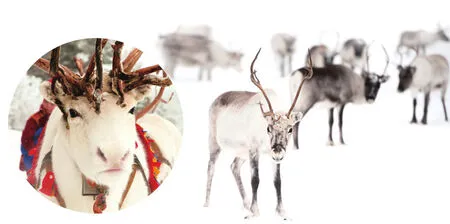
★Lemmenjoki National Park: Best for Wilderness
Lemmenjoki National Park is the traditional homeland for northern Finland’s Sami people. And it also happens to be one of Lapland’s most beautiful corners. At 1,100 square miles, the park is one of the largest uninhabited13)territoriesin Europe: an immense14)wildernessof forest. In winter, the park is woven with trails that15)meanderalong ice-bound rivers and narrow16)bywayscarved by summer hiking tracks, through deep snow and between tall17)pines18)dwarfedby the19)fellnearby.
From the fell’s summit, Lapland’s20)forestedvastness21)undulatesto the horizon in low, rolling hills. “This is one of the last and largest22)refugesfor the old pine forests of Western Europe,” says the park’s director, surveying the scene. “Most of the pines are around 500 years old, but some have been here for 800 years. And Lemmenjoki is one of very few places to have been sculpted almost entirely by nature, not by man. Yes, there are Sami here with their reindeer, but this landscape hasn’t changed in centuries.”
The park’s director makes her way down from the high country,23)windingthrough forests where various sets of paw prints lead off into the trees—a sign of the many reindeer,24)elk,25)wolverines, brown bears,26)lynxand wolves that inhabit the park. She at last arrives in the river valley that gives the park its name—Lemmenjoki means “warm river” in Sami, or “river of love” in27)Finnish.
At first broad and28)fringedwith trees, the Lemmenjoki river narrows as it passes beneath29)steep-sidedhills filled with30)boulders. Here in a river canyon, deep in the Arctic, Lapland’s call is once again that of a frozen wilderness—the sound of perfect silence.
13) territory ['terɪtərɪ] n. 领土,领域
14) wilderness ['wɪldənɪs] n. 荒野,旷野
15) meander [mɪ'ændə] v. 蜿蜒而行
16) byway ['baɪweɪ] n. 小路,小道
17) pine [paɪn] n. 松树,松木
18) dwarf [dwɔːf] v. 使矮小
19) fell [fel] n. 丘原,荒高地
20) forested ['fɒrɪstɪd] adj. 草木丛生的
21) undulate ['ʌndjʊleɪt] v. 起伏,波动
22) refuge ['refjuːdʒ] n. 庇护地
23) wind [waɪnd] v. 蜿蜒而行
24) elk [elk] n. 麋,麋鹿
25) wolverine ['wʊlvəriːn] n. 狼獾,豹熊
26) lynx [lɪŋks] n. 山猫,猞猁
27) Finnish ['fɪnɪʃ] n. 芬兰语
28) fringe [frɪndʒ] v. 作为……的边缘
29) steep-sided陡边的
30) boulder ['bəʊldə] n. 大卵石
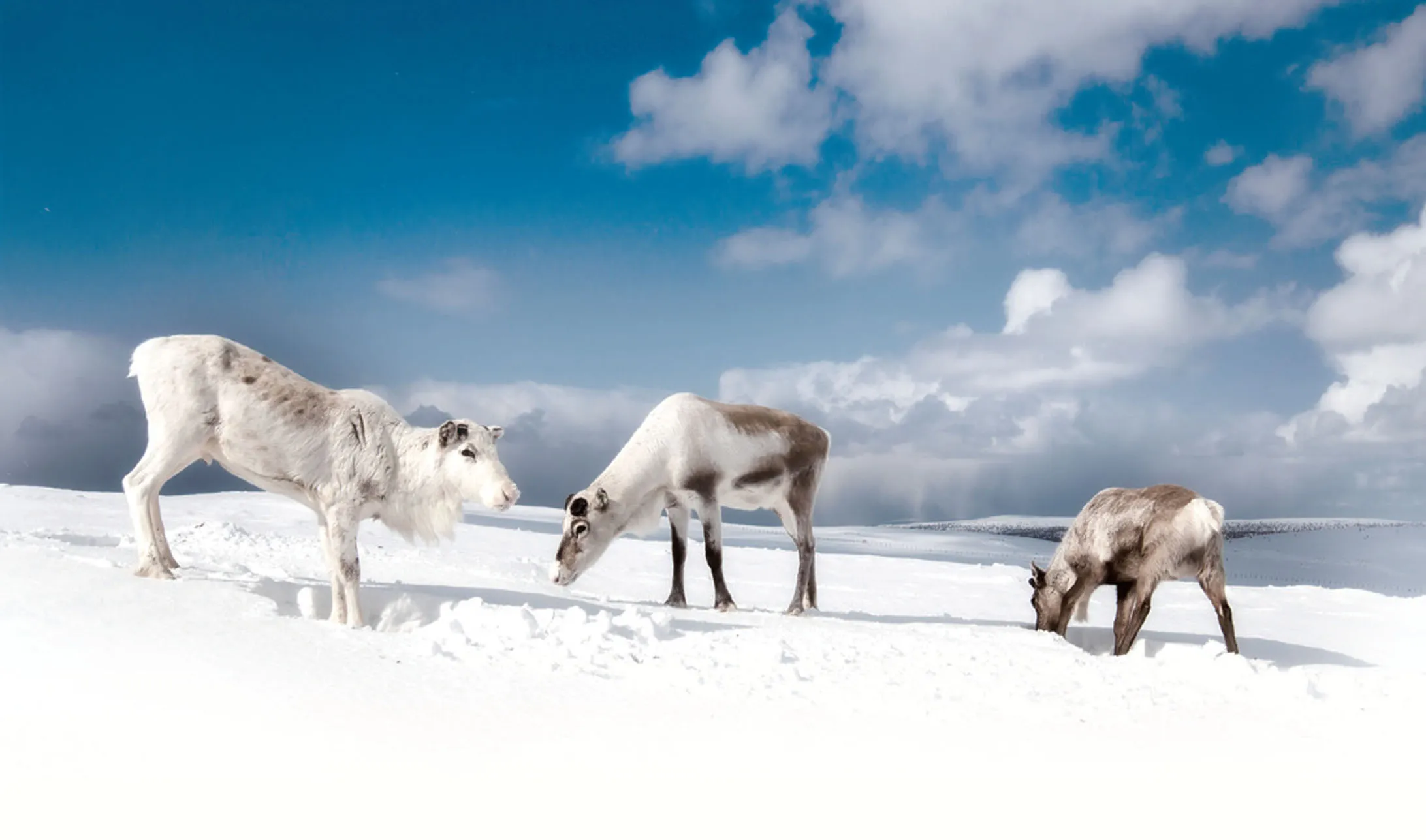
伊纳里:萨米文化的最佳体验地
没有人能像当地原住民萨米人那样了解拉普兰了。11000年前,萨米人很可能已经在人类所能涉足的芬兰最北的地方生活着,和他们的驯鹿群一起流浪在冰原之上。宁静的伊纳里小镇成为了芬兰萨米人的首府。可最能够体现萨米人历史的并非这个小镇,而是萨米人的祖先们曾经走过的荒蛮之地,其中还有许多地方至今仍在牢牢地坚持着萨米人的传统。
极少数萨米人能像这个家庭一样继续保留着祖先的生活方式。海基,这个萨米家庭的最年长者,已将家人们扎根于古老的萨米传统中。“我从14岁起便开始牧养驯鹿,”他说。“我还把这些技艺传给了我的儿子们。”
“驯鹿让我们的民族更加强大,”他说。“我们的衣物、我们的食物、我们在这片土地上的传统—我们文化里的一切都源自驯鹿。没有驯鹿,就没有萨米人。这便是我们这个民族能够生存至今的原因,因为我们未曾停止过放牧(驯鹿)。”
在国家公园的深处,海基在仿照传统萨米帐篷所建的砖砌小屋里小憩着。他心不在焉地用一块废弃的木头凿出了一把抹刀。外面正刮着大风,寒冷刺骨,不过在这里,围聚着坐在萨米式的壁炉旁,十分舒适暖和。
“世事也许发生了改变,但我依然记得我学到过的全部经验教训,”他说。“我不需要地图。我了解每一块石头、每一棵树。我一生都在追随着驯鹿。我们与这片土地的联系依然十分深厚。”
拉门乔基国家公园:野生动物的最佳体验地
拉门乔基国家公园是北芬兰萨米人的传统故乡,同时它也是拉普兰最美丽的角落之一。这个公园占地1,100平方英里,是欧洲大陆最大的无人居住的地区之一:一片广袤的原始森林。在冬天,公园里的小径随着冰封的河流蜿蜒,与夏日的徒步小径刻画出的狭窄的偏僻小路相织交错着,深入厚厚的积雪,又穿过高高的松树林。而附近山岗的高度足以将这些高耸的松树给比下去。
从山岗的顶峰俯瞰,拉普兰那被森林覆盖的广阔山丘绵延起伏,像波浪一样延伸至地平线。“这是西欧大陆上最后一片、也是最大一片古老的松树林保护区,”公园主管在巡查林区时如是说。“绝大部分的松树已有约500年的树龄,但有些已经在这里存活了800年。拉门乔基国家公园几乎完全出自大自然的鬼斧神工,不经人工雕饰,然而这样的地方已经所剩无几了。是的,这里还住着萨米人和他们的驯鹿。但数个世纪以来,这里的景色未曾变更过。”
公园主管从高处的乡村朝下走,而后在森林中蜿蜒前行,各种动物的爪印在前面引领着进入到树林里—这是生活在公园里那许许多多的驯鹿、麋鹿、狼獾、棕熊、山猫和狼的印记。最后她来到了公园因其而命名的河谷—拉门乔基在萨米语里表示“温暖的河流”,又或是芬兰语中“爱之河”的意思。
拉门乔基河的起源处宽阔且两岸树木成荫,在向下穿过满是大卵石的陡峭山丘时逐渐收窄,深入到了北极圈这一河谷之中。拉普兰的呼唤是又一次来自冰封荒野的呼唤—它是完美的静谧之声。
完美假期:游走拉普兰(Ⅱ)
翻译:寒星

